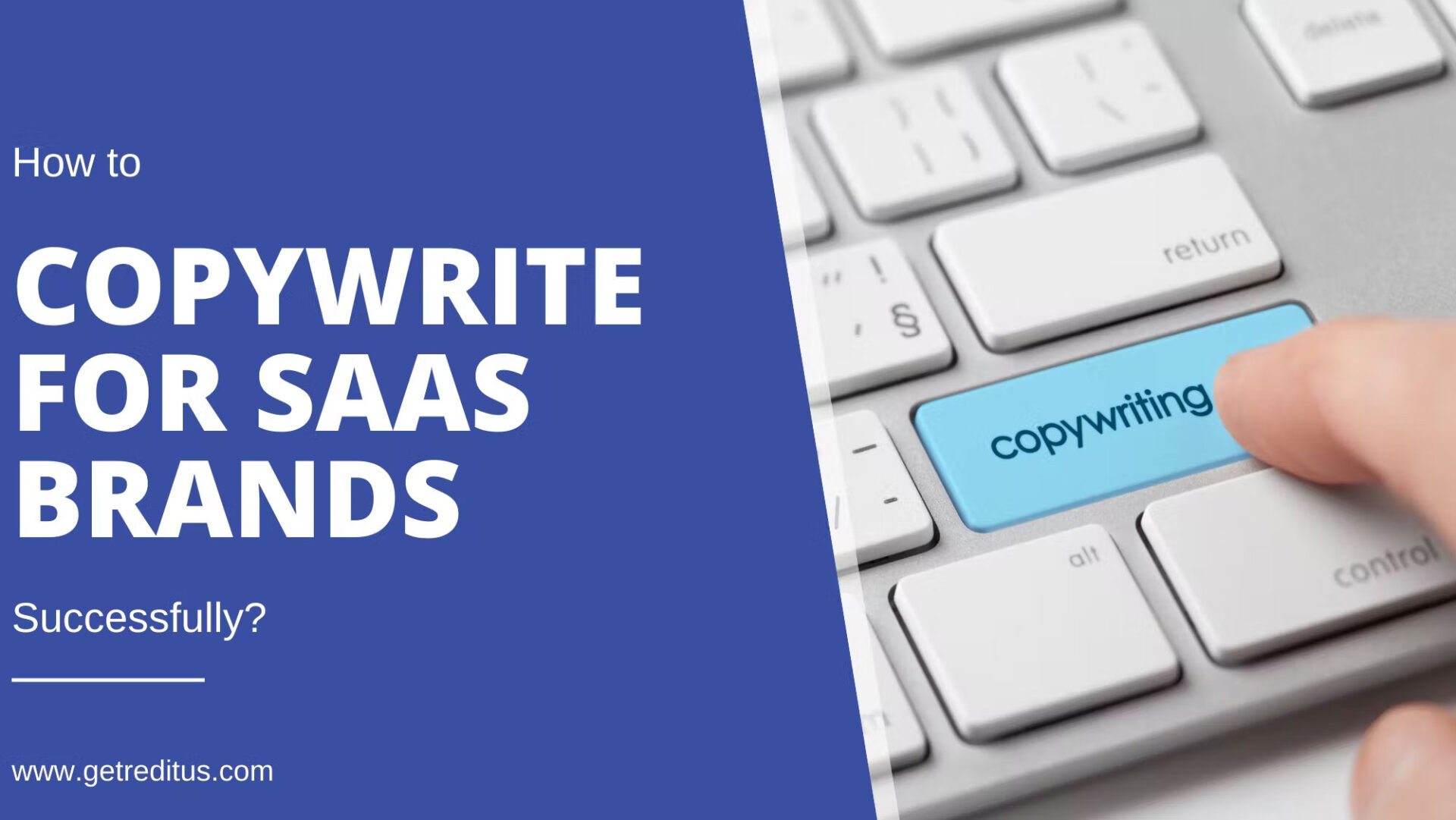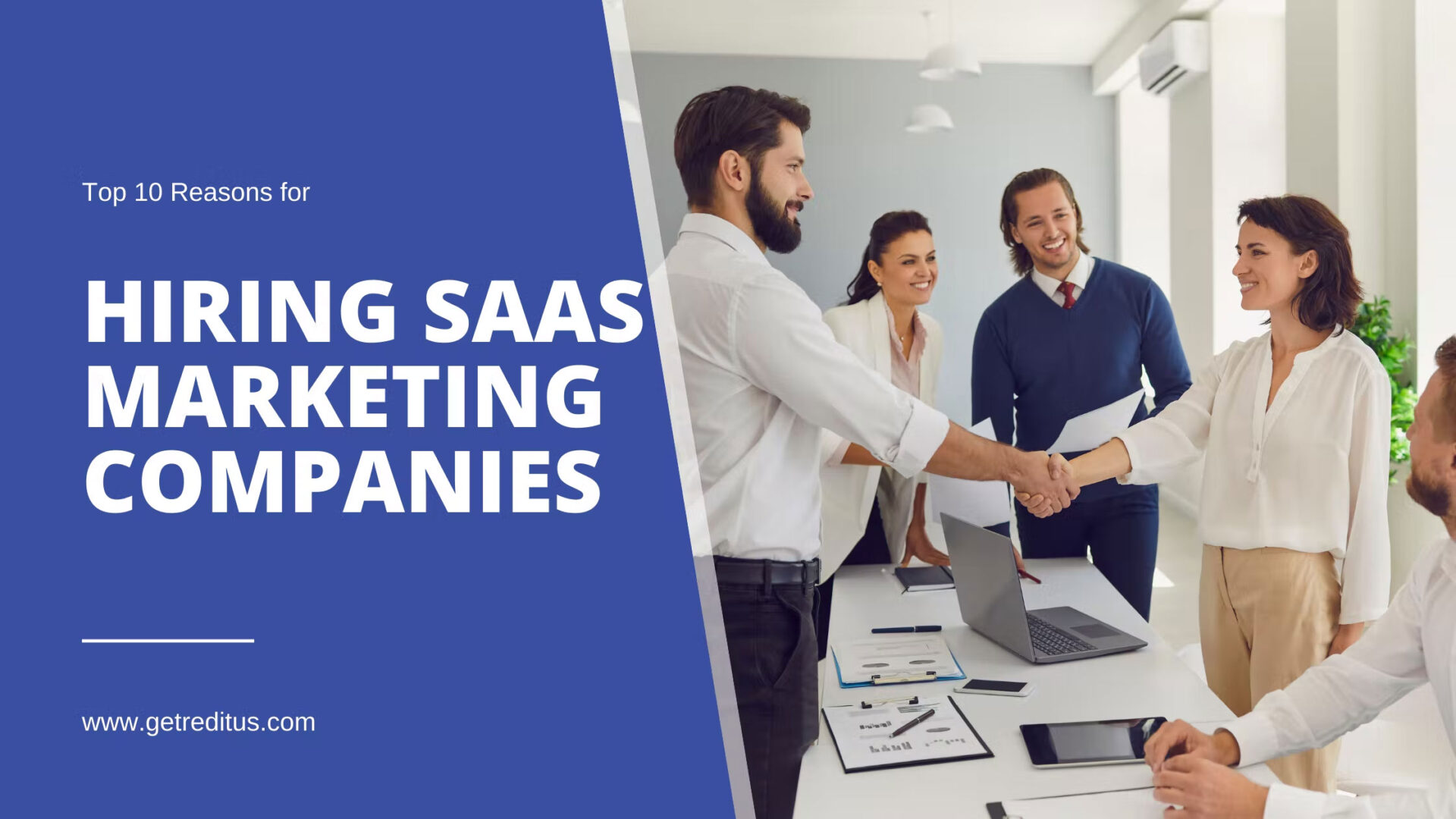How to build a B2B Marketing Funnel that works for your SaaS.
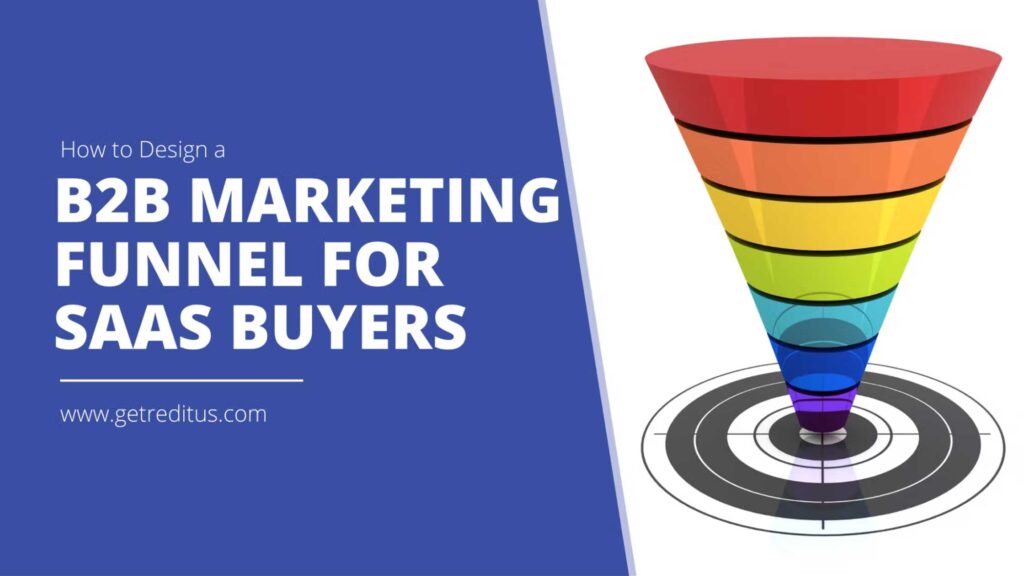
If you're a SaaS founder, you know that attracting, converting, and delighting buyers is critical to your success. But creating a marketing funnel that does all those things can be tricky. In this post, we'll share tips for designing a B2B marketing funnel that genuinely works.
Moreover, we'll show you how to optimize each stage of the funnel so that you can close more deals and drive more revenue.
Let's get started.
Table of contents
What Is a B2B Marketing Funnel?
A B2B marketing funnel is the process through which you attract and convert high-level business decision-makers into long-term customers.
A well-designed B2B marketing funnel starts with attracting potential customers and progresses through to closing the sale. It might also include multiple touch points across a wide range of channels.
For example, a B2B marketing funnel may consist of ads or content published on social media, emails, live events, or a combination of these. Your chosen funnel will depend on your company's marketing strategy and goals.
A typical B2B marketing funnel has four stages:

- Awareness: In the awareness stage, you attract the attention of potential customers and introduce them to your brand.
- Consideration: In the consideration stage, you provide potential customers with information that helps them understand their problem and how your product or service can solve it.
- Decision: In the decision stage, you help potential customers understand the value of your product or service and why they should choose your company over the competition.
- Delight: In the delight stage, you provide an exceptional customer experience that turns one-time buyers into lifelong fans.
Each stage of the funnel has its marketing objectives and strategies. Let’s take a closer look at each stage and how you can optimize it for success.
Stage 1: Awareness
In the awareness stage, your goal is to attract the attention of potential customers and introduce them to your brand.
You can generate awareness by publishing high-quality content, running ads, or participating in trade shows or other events.
At this stage, it's essential to focus on reach and frequency. You want to ensure that your target audience sees your message multiple times to remember you when they're ready to buy.
Here are a few tips for generating awareness:
- Use targeted keywords and hashtags in your social media content so potential customers can find you when searching for information related to their problems.
- Invest in retargeting ads so potential customers see your message even after leaving your website.
- Ensure your website is optimized for search engine optimization (SEO) so potential customers can find you when they're searching online.
- Participate in trade shows, webinars, and other events so potential customers can meet you in person and learn more about your brand.
Stage 2: Consideration
In the consideration stage, you provide potential customers with information that helps them understand their problem and how your product or service can solve it.
At this stage, focus on engagement. You want to ensure that potential customers interact with your content and find it helpful.
Here are a few tips for generating engagement:
- Create buyer personas to produce content tailored to the specific needs of your target audience.
- Write blog posts, create infographics, and make other types of content that are helpful and informative.
- Use social media to share your content and start conversations with potential customers.
- Offer free trials or demos so that potential customers can experience your product or service for themselves.
Stage 3: Decision
In the decision stage, you help potential customers understand the value of your product or service and why they should choose your company over the competition.
You want to ensure that potential customers are taking the next step and becoming paying customers.
Here are a few tips for generating conversions:
- Use strong calls to action in your content so that potential customers know what you want them to do next.
- Make it easy for potential customers to contact you to get more information about your product or service.
- Offer free consultations or quotes so potential customers can learn more about how your product or service can benefit them.
Stage 4: Delight
The final stage of the marketing funnel is a delight. This is when your customer becomes a lifelong advocate and promoter of your brand.
To achieve this, you must continue providing them with an exceptional experience that meets or exceeds their expectations.
One way to do this is to offer loyalty programs or rewards for continued business. You can also stay in touch with them after the sale is complete to ensure they're happy with their purchase.
Another way to keep your customers delighted is to provide them with valuable content and resources even after making a purchase. This could include blog posts, ebooks, infographics, or other forms of content that will help them be successful in their business.
Finally, you can also surprise and delight your customers with unexpected gifts or discounts. This could be something as simple as a handwritten thank-you note or a percentage off their next purchase.
By going the extra mile to keep your customers delighted, you'll create lifelong advocates for your brand. And that's priceless.
How to Develop a Successful B2B Marketing Funnel
Now that you know the marketing funnel stages and how to design one for your business, let's look at some best practices to ensure success.
1. Create a Solid Foundation With Lead Generation
The first step in building a B2B marketing funnel is to create a strong foundation with lead generation. Lead generation is the process of attracting prospective customers and getting their contact information.
A B2B marketing funnel begins with a prospect's initial interest in your company and product.
You'll struggle to convert prospects into customers without a steady flow of leads. This is especially true when targeting high-level executives who are inundated with daily sales pitches and marketing messages.
That's why it's essential to start with a robust lead-generation strategy. With a solid lead-generation system in place, you'll be able to collect contact information from prospective customers and begin to form relationships.
Building relationships with prospective customers is integral to the B2B sales process. As a result, it pays to take your time building relationships with leads and revealing less about your company, product, and pricing until the time is right.
2. Build Trust and Credibility With Ad Targeting
Once you've got a steady flow of leads, it's time to build trust and credibility with ad targeting.
Ad targeting consists of selecting the right audiences to target with your B2B marketing ads. Depending on your product, ad targeting can take many forms.
For example, if you're in the eCommerce space, you might focus on targeting potential customers who have already indicated an interest in purchasing your product.
You can do this by targeting people browsing websites selling your product. Alternatively, you can target people who have visited your website but aren't yet ready to buy.
In this case, you would want to focus on branding ads to raise brand awareness.
3. Drive Brand Awareness With Branding Ads
Another way to drive brand awareness is through branding ads. These are the kinds of advertisements that don't focus on selling a particular product or service.
Instead, branding ads are designed to build awareness around your company and brand.
You can drive brand awareness through ads that are either display ads or video ads.
Driving brand awareness with these ads is a smart strategy because it gives prospective customers an idea of who you are and what you do.
This can help mitigate the risk of being ignored by prospects who aren't yet ready to buy or don't see any value in your product or service.
Driving brand awareness can also be helpful when you're ready to start converting leads into customers.
With broader brand awareness, you can expect to see more leads coming in.
4. Show Product Benefits With Sales Ads
Once you've built brand awareness, it's time to shift gears and show product benefits with sales ads.
Sales ads are advertisements that directly address your target audience's pain points and offer solutions in the form of your product or service.
Most B2B marketing funnels will have multiple sales ads with different messages.
Depending on the needs of your target audience, these ads may address product features, benefits, pricing, or a combination of all three. Sales ads are critical when targeting high-level decision-makers.
That's because C-level executives are often involved in the purchasing process. Although they don't decide to buy your product or service, they play a critical role in purchasing.
This is why having targeted sales ads to share with C-level executives can help you be a part of that decision-making process. Let's say you're in the software development business and want to sell software to Fortune 500 companies.
If you're targeting Fortune 500 companies directly, you may find that your product is out of the price range of your average customer. However, if you're targeting C-level executives, you can ensure that people with authority and budget see your ads to purchase your product.
With targeted sales ads in place, you can make a solid pitch to C-level executives, explaining why your product is a good fit for their organization and how it can help solve their problems.
5. Use Retargeting To Close the Deal
The final stage of the B2B marketing funnel is closing the deal. You can do this by using retargeting ads. Retargeting ads are designed to reach people who have already been exposed to your brand.
For example, if someone has visited your website but didn't purchase anything, you can use a retargeting ad to bring them back to your site and complete the sale.
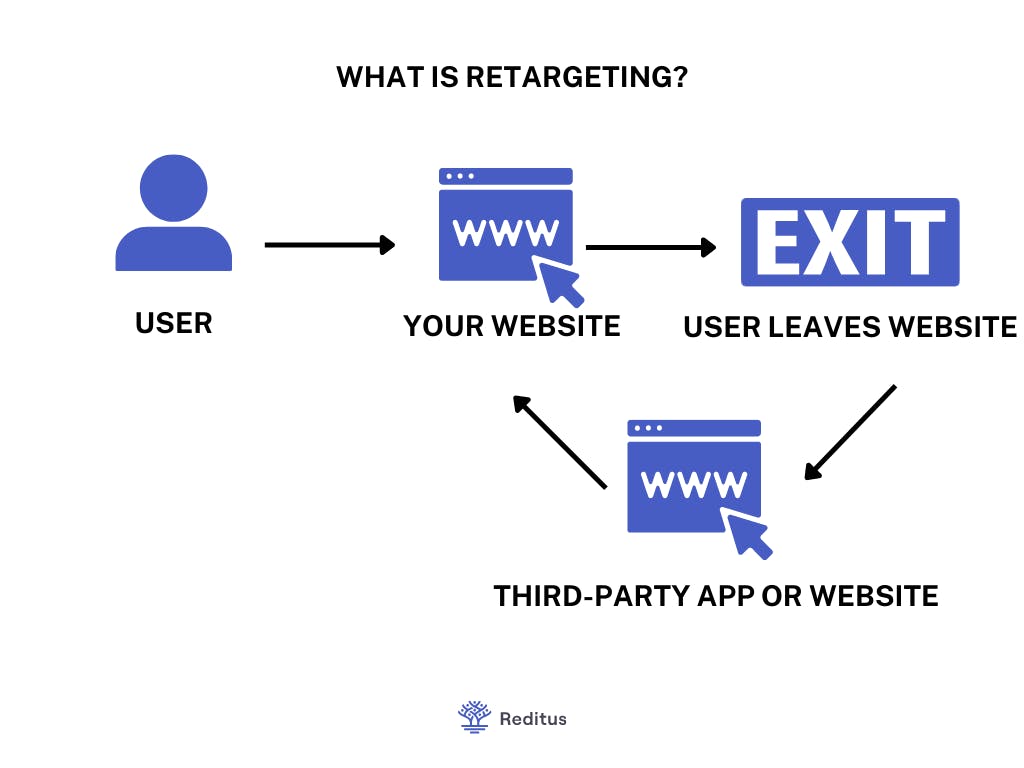
Retargeting ads are highly effective because they're personalized. They're also timely, which means they can be very persuasive.
For example, if someone was on your website looking at a particular product but didn't buy it, you could use a retargeting ad that showcases that product and offers a discount. This can be a powerful way to close the deal and convert a lead into a paying customer.
6. Keep the Cycle Going With Post-Purchase Ads and Referral Programs
Once you've closed the deal, keeping the process going is essential. You can do this with post-purchase ads and referral programs.
Post-purchase ads are designed to upsell, cross-sell, or say "thank you" to customers. For example, if someone purchases a software program from you, you could use a post-purchase ad to sell them an annual subscription.
On the other hand, referral programs aim to get customers to promote your product or service to their friends and family. With a referral program, you can offer customers a discount or other incentive for every new customer they bring in.
This is a great way to keep the cycle going and continue growing your business.
With Reditus, for example, starting and managing a referral program for your SaaS company is easy and only takes a few minutes. All you need to do is create an account, add your referral code to your website or app, and start promoting it to your customers.
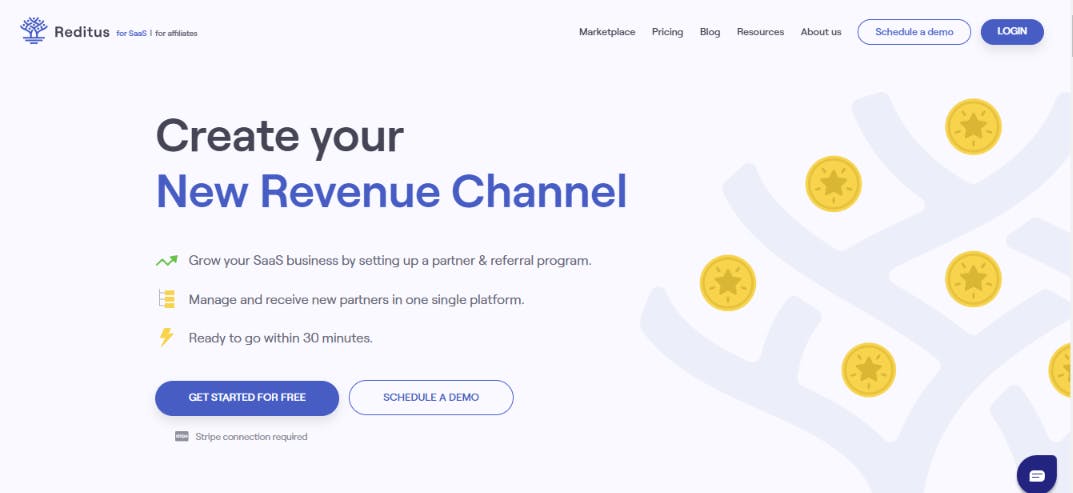
Reditus will track every new customer who signs up using your referral code and give you a commission for each.
Reditus makes starting and managing a referral program for your business straightforward. With Reditus, you can focus on running your business and leave the Referral marketing to us.
B2B Marketing Funnel FAQs
What are the different types of marketing funnels?
Marketing funnels are used to guide potential customers through the sales process. Different types of marketing funnels include:
- Awareness Funnel: This funnel creates brand awareness and attracts potential customers.
- Consideration Funnel: This funnel entices potential customers to learn more about your product or service.
- Conversion Funnel: This funnel is used to convince potential customers to purchase.
- Retention Funnel: This funnel encourages customers to become repeat buyers.
What are the differences between B2C and B2B funnels?
The main difference between B2C and B2B funnels is the target audience. B2C (Business-to-Consumer) funnels target individual consumers, while B2B (Business-to-Business) funnels target businesses.
As a result, B2B funnels typically require more complex sales processes and extended decision-making periods.
Additionally, B2B funnels often involve multiple decision-makers and require more tailored messaging.
B2C funnels, on the other hand, typically focus on generating leads and converting sales quickly.
What is the difference between a sales funnel and a marketing funnel?
The main difference between a sales and marketing funnel is the purpose.
A sales funnel guides potential customers through the buying process, leading them from awareness to conversion.
On the other hand, a marketing funnel is used to attract potential customers and build brand awareness.
Marketing funnels focus on creating content and advertising campaigns to generate leads and drive conversions. Sales funnels concentrate on converting leads into customers and retaining existing customers.
What are the benefits of implementing a marketing funnel?
An effective marketing funnel can bring numerous benefits to your business. It allows you to more accurately track the performance of your marketing campaigns, optimize them for better results, and maximize your return on investment.
Using a funnel, you can accurately measure the effectiveness of different marketing channels and identify the most successful ones. This helps you focus on the most influential media, increasing your overall marketing success.
Additionally, a funnel allows you to track customer behavior and identify opportunities to increase engagement, such as offering discounts or promotions.
Finally, a well-designed marketing funnel can help you increase customers' lifetime value, as you can nurture them through multiple stages of the funnel, building loyalty and encouraging them to purchase more often.
The Bottom Line
B2B marketing funnels are all about making the buying process simple.
By targeting C-level executives at the beginning of the buying process, you can help make your entire sales cycle smoother and more effective.
It's important to remember that even the strongest B2B marketing funnel will break down if you don't have a solid product or service that delivers value to your customers.
For this reason, you must ensure that you have a strong product or service before attempting to sell to high-level decision-makers.
